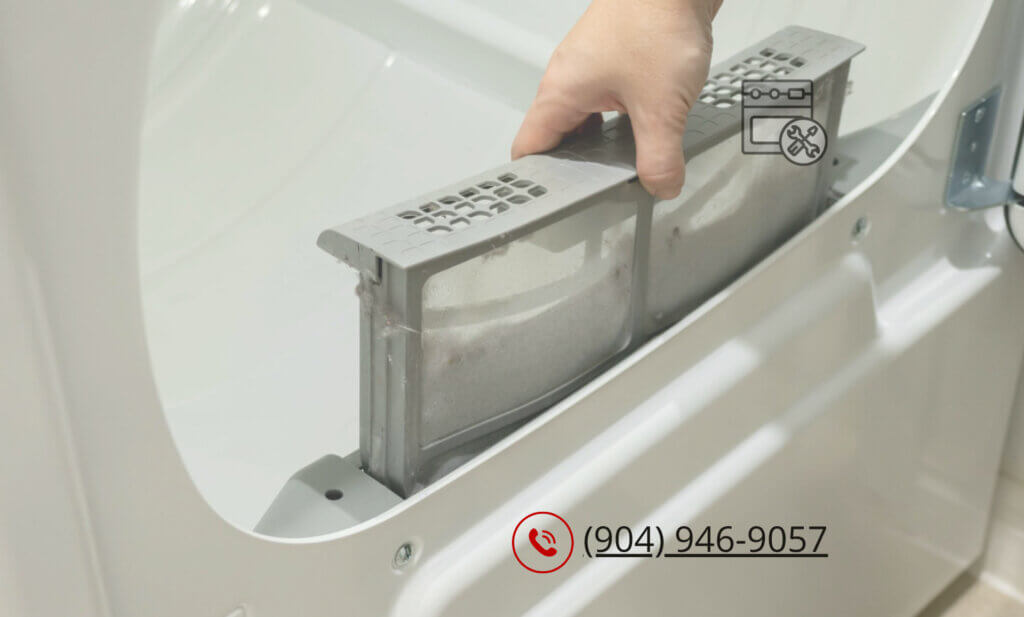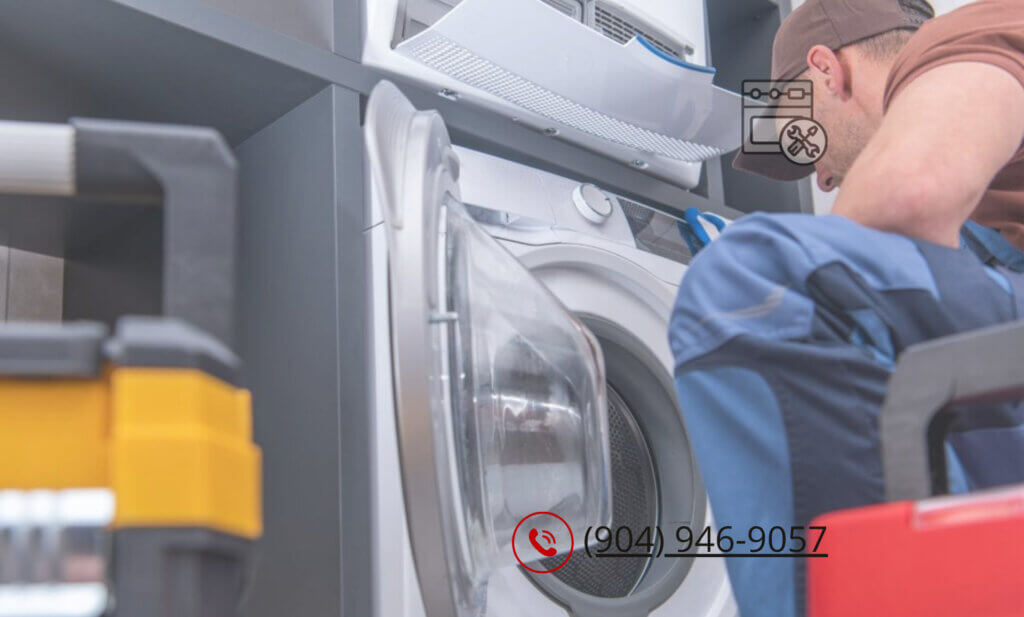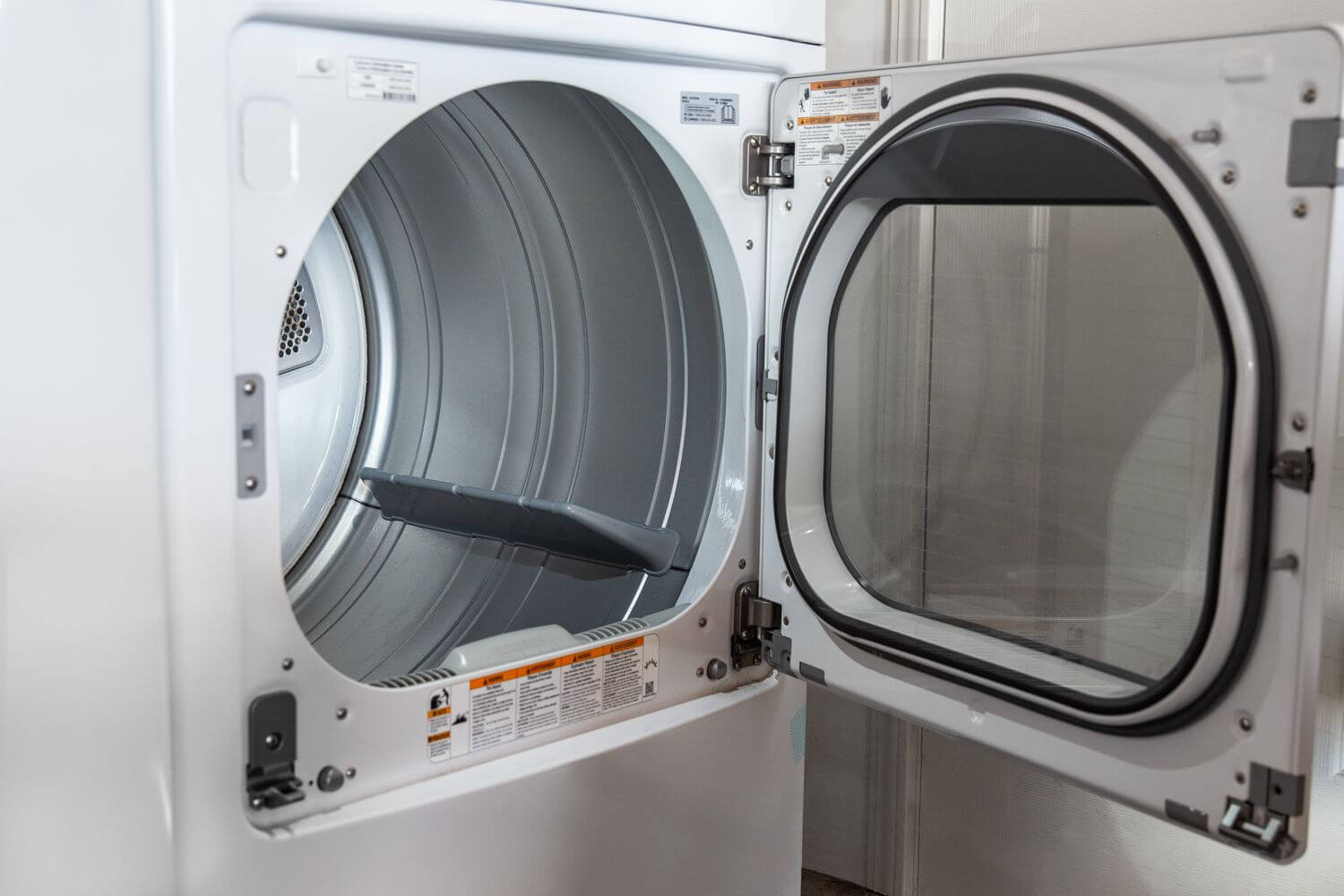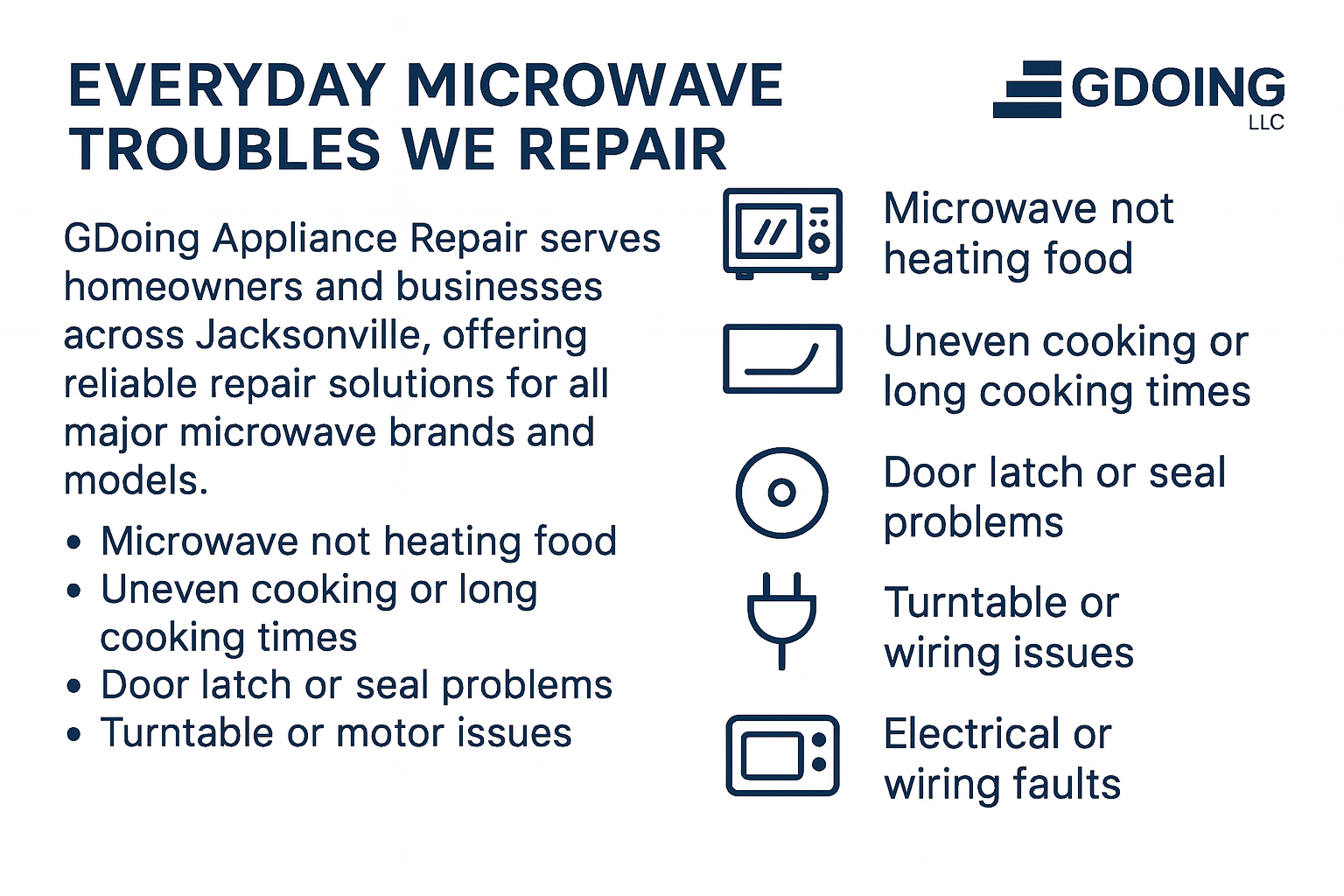A dryer that isn’t heating properly is a frustrating problem for many homeowners across the United States. When your dryer stops producing warm air, it disrupts your laundry routine and adds unnecessary stress. Understanding why your dryer is not heating is the first step toward solving the problem, whether that means a simple repair or deciding it’s time for a replacement.
In this article, we’ll explore the most common reasons behind dryer heating issues and guide you through how to diagnose the problem yourself. We’ll also help you decide when to opt for an affordable repair and when replacing your dryer might be the better choice. Our goal is to save you time, money, and hassle by empowering you to make informed decisions.
Common Reasons Why Your Dryer Is Not Heating
Several factors can cause your dryer to stop producing heat. One of the most frequent issues is a faulty heating element. This component generates the warm air essential for drying your clothes, and if it burns out, your dryer won’t heat at all.
Other common causes include blown fuses or thermal cut-offs. These safety devices shut down the heating system to prevent the dryer from overheating. Thermostat failures can also cause inconsistent or no heat by disrupting temperature regulation during the drying cycle.
Another typical problem is clogged or blocked dryer vents. Restricted airflow causes your dryer to overheat and automatically shut off the heat as a precaution. Not only do these issues reduce drying efficiency, but they can also increase your energy bills and wear down your appliance faster.
Regular maintenance, such as inspecting vents and cleaning components, is crucial to prevent these common dryer heating problems and keep your machine running smoothly.
How to Diagnose Dryer Heating Issues Yourself
If you’re asking, “Why is my dryer not heating?” there are some simple checks you can do before calling a professional.
Start by cleaning the lint trap and vent hose – these are the most common causes of airflow restriction leading to heating problems. Ensure these parts are clear and free of debris.
Next, check your power supply. Most dryers in the U.S. require a 240-volt outlet, so make sure the dryer is plugged in correctly and the circuit breaker hasn’t tripped. If you feel comfortable, you can also inspect fuses or thermal cut-offs, but always unplug the dryer before attempting any electrical checks to avoid shock hazards.
If you notice burning smells, visible damage, or the issue seems more complex, it’s best to stop and contact a qualified technician.
Following these steps regularly can help prevent dryer heating issues, but knowing when to seek expert help ensures a safe and effective fix.
Repair vs. Replace: Making the Right Choice

Deciding between affordable dryer repair or investing in a new dryer can be challenging. A few factors can help you make the right choice.
First, consider the age of your dryer. If your machine is over 8 to 10 years old and has frequent issues, replacement might be more cost-effective in the long run.
Next, weigh the cost of repairs versus replacement. Fixing common problems like a heating element or thermostat usually costs less, but if multiple components fail, repair costs can quickly add up. New, energy-efficient dryers typically cost between $400 and $1,200, depending on features.
If your dryer is relatively new and the issue is straightforward, a reliable and affordable repair service is often the best option. However, if your dryer experiences repeated problems or expensive fixes, replacing it may save you time, stress, and money over time.
By evaluating these factors, you can confidently choose the best path to restore your laundry routine.
Tips to Prevent Dryer Heating Problems
Preventing dryer heating problems starts with proper care and regular maintenance. Simple habits can extend your dryer’s life and avoid costly repairs.
Always clean the lint filter after every load to prevent lint buildup, which blocks airflow and causes overheating. Regularly inspect and clean dryer vents, as clogged vents are a common cause of heating issues and pose fire risks.
Scheduling professional servicing annually helps catch wear and tear early. Technicians can inspect heating elements, thermostats, and other components to ensure your dryer runs efficiently and safely.
Incorporating these habits reduces energy use, keeps your dryer performing well, and helps avoid common heating problems.
When to Call a Professional

Some dryer problems can be fixed with basic troubleshooting, but certain signs indicate you should call a professional.
If you’ve cleaned the lint trap and vents, checked your power supply, and your dryer still doesn’t heat, it’s time to get expert help. Burning smells, frequent shutdowns, unusual noises, or a dryer that runs without producing heat often mean internal components like the heating element or control board need repair.
Certified technicians provide accurate diagnoses and safe, lasting repairs. They can also advise you on whether it’s more economical to repair or replace your dryer.
Don’t delay – timely repair prevents minor issues from turning into costly damage and keeps your dryer working efficiently.
A dryer not heating properly disrupts your routine, but with the right approach, it’s a fixable problem. By identifying causes early – whether clogged vents, faulty heating elements, or thermostat issues – you can make informed decisions about repair or replacement.
Regular maintenance and timely inspections prevent most common dryer heating problems before they start. If your dryer isn’t heating, act now by contacting certified technicians for fast, affordable service or advice on upgrading to a new energy-efficient model. We’re here to help you get back to warm, dry laundry without the stress.


